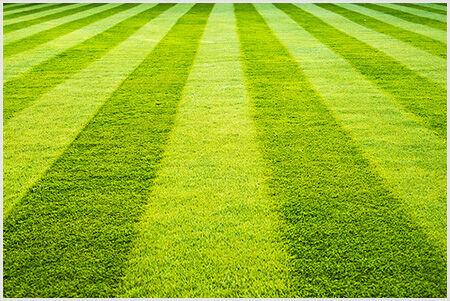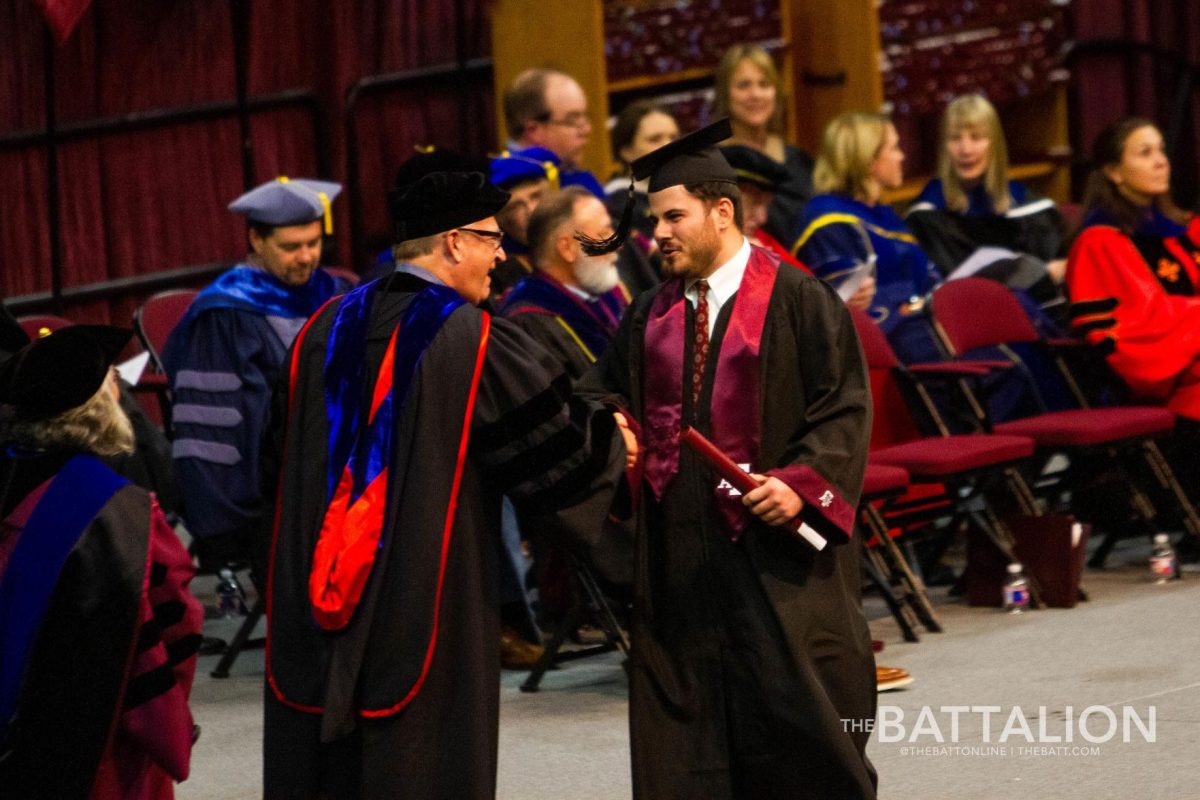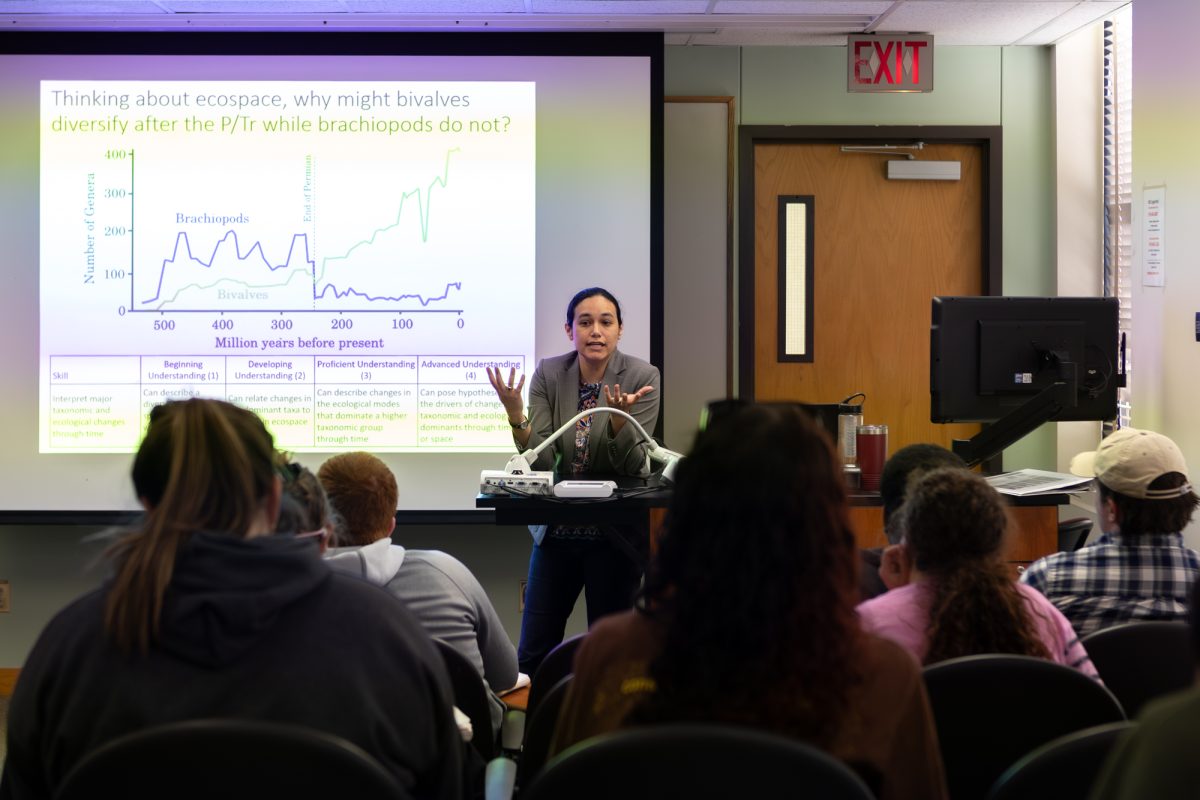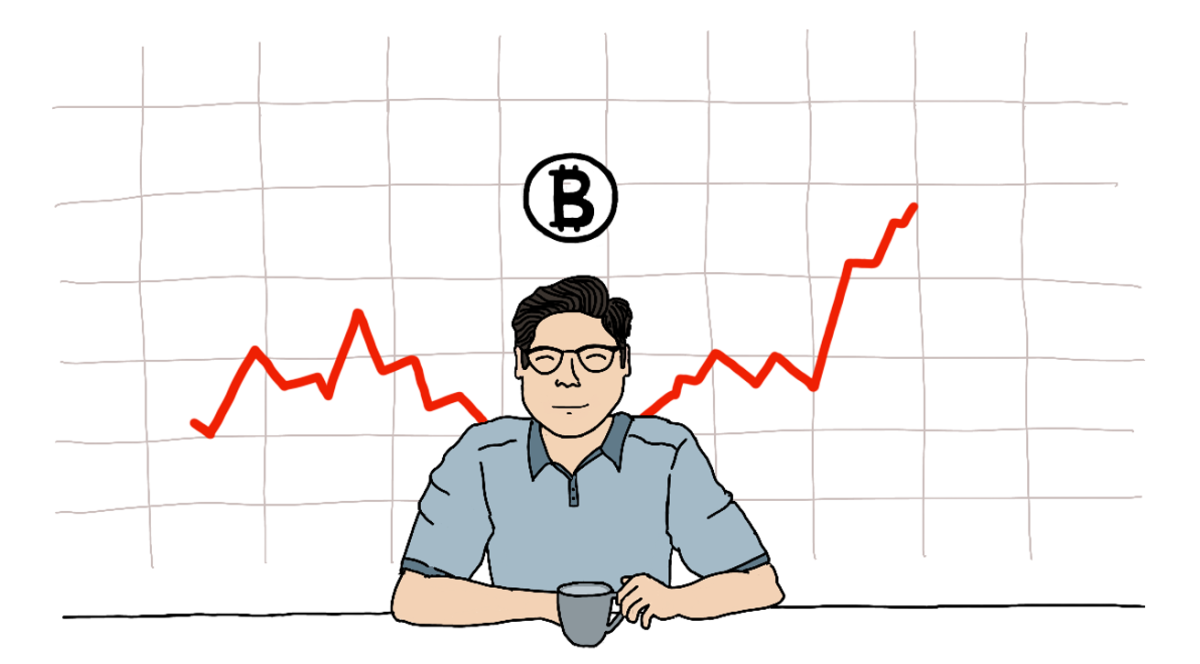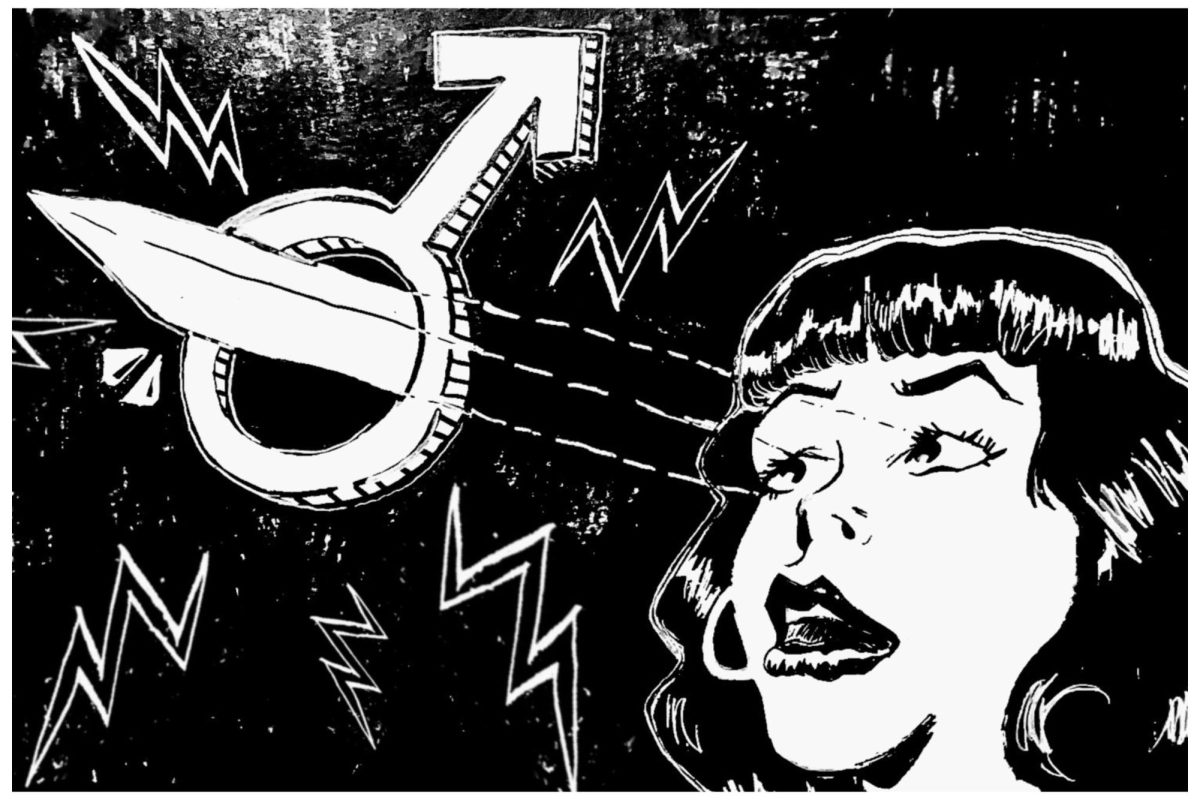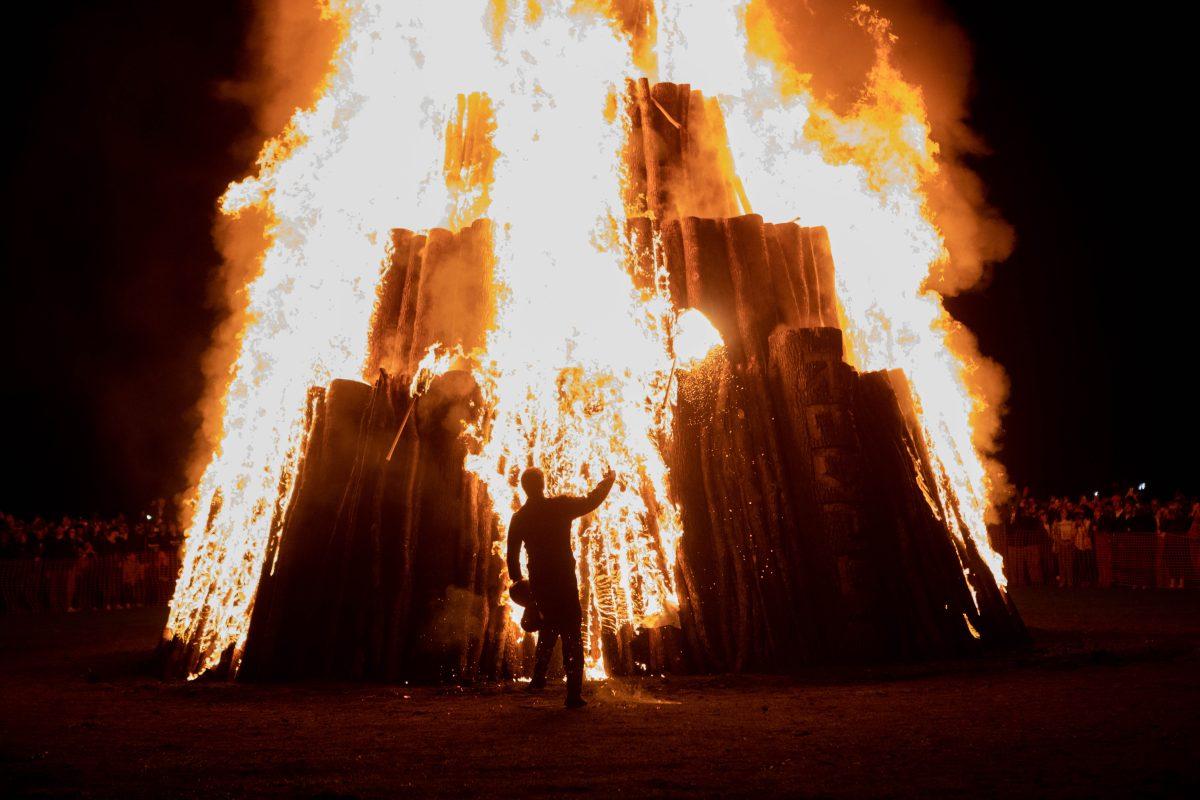Imagine lush and diverse yards full of bluebonnets, wildflowers and native grasses. Now contrast that image with the copied-and-pasted squares of turf that plague American suburbs.
Turfgrass is the largest irrigated crop in the United States, taking up two percent of our country’s total landmass. Not only are manicured lawns wasteful, they are also a threat to local biodiversity and accelerate species’ extinction rates.
College Station is a particularly significant culprit. The massive golf courses and plots of turfgrass covering Texas A&M’s campus are defining features of the city. However, vast clean-cut spaces radiate the same kind of dull and slightly unnerving energy as the inside of a CVS or Target. Let’s not be the CVS of campuses; we can aim higher.
College Station residents should be open to better utilizing their yards. Instead of the same old boring turfgrass, plant some native grasses and allow local flora to enrich your spaces. A&M should also be willing to diversify its turf, adding unique and native plants to promote local ecology.
Natural lawns require less maintenance, less water and would be far better for local wildlife. Native fields and prairies do not need extra care or water to survive because they are a part of a self-sustaining ecosystem. In contrast, American landscape irrigation accounts for one-third of all residential water use, nearly nine billion gallons per day.
In states like Texas or California, where seasonal droughts are commonplace, the idea of wasting so much water on decorative foliage should be laughable. Also, proud Texans should never be content with having the same cookie-cutter lawns as Californians.
Lawns aren’t just bad for the environment; they’re bad for the humans who create them. Many of the pesticides and fertilizers used on grass make their way into our water sources. Nitrate and many pesticides are known to increase the likelihood of illnesses, including cancer. Why should we even risk the chance of poisoning ourselves and our communities over something so pointless?
Eliminating fertilizers and pesticides can also be a major help to struggling species. Similarly, letting native wildflowers survive gives declining populations of pollinators much-needed sources of food.
The monarch butterfly population has decreased 90 percent in the last 20 years. Future Texans may be denied the joy of watching these creatures make their yearly migration through our state. Another important pollinator, bees, has also seen a major decline. One-in-four bee species have gone extinct since the 1990s. Habitat loss is a key reason for these extinctions. Once the pollinators are gone, there will be an even greater die-off of flora and fauna.
Bees also pollinate up to $577 billion of our annual food production. Farmers would only generate about half of the current produce they do without bees. Livestock industries would also be unable to acquire enough food to sustain current production rates. The decrease in food availability would drastically hike up food prices and make it harder for most people to fulfill basic nutritional needs.
This isn’t the first time our hubris has put us on the edge of disaster. The Dust Bowl was a result of improper land management and unsustainable farming practices. Catastrophic weather phenomena and crop failures forced American farmers to move to greener pastures, chiefly California. These mass migrations were the largest exodus in American history. Today’s equivalent could be larger. And believe it or not, you won’t find it so hot, if you ain’t got the do re mi.
Today, California is well known for expensive living. During an ecological collapse, it may not be a viable option. We need to do everything we can to hang on to beautiful Texas.
We should not let mistakes of the 1920s be repeated in the 2020s. Thankfully, this is a rare instance where your average homeowner can make a difference.
It’s time to ditch the American lawn in favor of a more sustainable option. The future of Texas ecosystems and agriculture can’t be left to arbitrary aesthetics. Texans need to stand up and say, “Give me prairie grass or give me death!” because soon this statement may not be a matter of choice.
Zachary Freeman is an anthropology junior and columnist for The Battalion.
Editor’s note: The opinion desk editors, Joshua Howell and Caleb Powell, would like to congratulate Zachary Freeman for his promotion from staff writer to columnist after more than a year of writing for The Battalion.
Freeman was promoted “For his humorous and thoughtful writing on an impressively eclectic range of topics.” The name of his column, “The Disappointed Idealist,” comes from the saying “Scratch any cynic and you will find a disappointed idealist.”

















